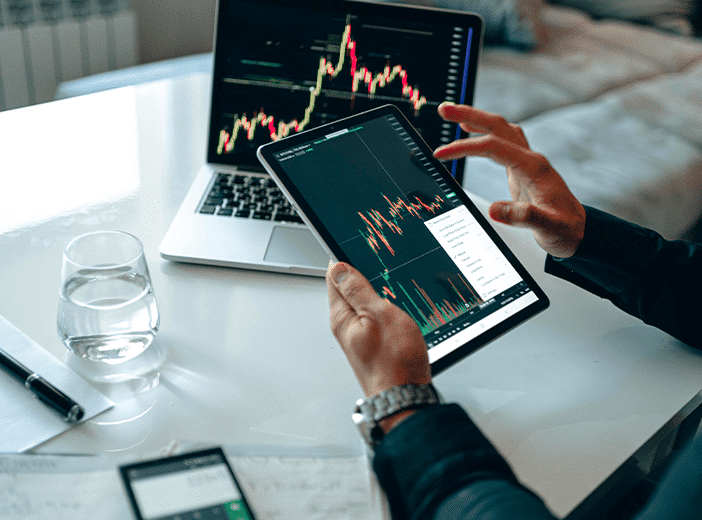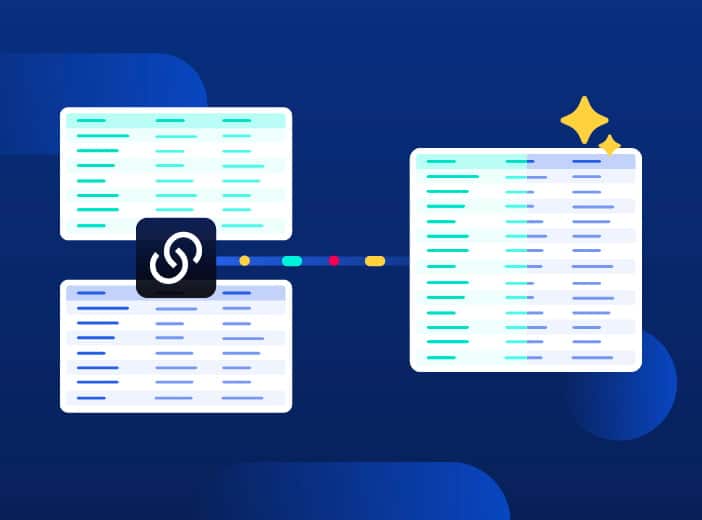Glossary
Data Reuse
Data reuse is when information is reused for purposes other than the one it was initially collected for. This creates new value from the data.
In a more digital world, individuals, companies and public sector organizations are all producing increasing volumes of data, through everything from online activities to Internet of Things sensors and digital production systems. This data has been created or collected to solve a specific purpose. However, it can deliver even greater value if it is then used for other purposes, for example, as part of a new application, or to inform a different audience. That’s where data reuse comes in.
What is data reuse?
Definition
Data reuse is when information is reused for purposes other than the one it was initially collected for. This creates new value from the data.
To reuse data it has to be shared as open data – either internally or externally. This could be business data, financial information, customer data, product catalogs, market data, public archive documents, cultural data, or mobility data for example.
In addition to the diverse range of data sources, there are also many different tools available to help with the reuse process. These include APIs, downloads, websites, mobile apps, widgets, iFrame embed links, and more. Tools such as these for reusing data are generally available directly in open data portals.
Features
There are many different types of reusable data, but they all should fulfill certain criteria:
- Understandable: For new audiences to reuse existing data, it needs to be clearly understandable and high-quality so that they can ensure it meets their needs.
- Available: Data needs to be available and discoverable, such as through open data portals or internal self-service portals.
- Usable by all: You don’t need to have the same purpose as the one that inspired the original data collection. For example, a private law company is welcome to use information originally gathered as part of a public service project for commercial purposes. Datasets should have clear license conditions attached, so the level of reuse allowed is obvious.
- Free or paid-for: Open data is normally provided free of charge for everyone to use, either on a personal or commercial basis. However, some organizations also share data for reuse on a paid-for basis with commercial partners. For example, a telecoms operator may sell anonymised mobility data available to transport operators to help them better plan their services.
Why reuse data?
Reusing data helps both the organizations that create the data and those who consult it. There are clear advantages for both parties:
- Data enrichment: The reuse of open data provides access to new information from reliable sources. Organizations that disseminate their data to a wide audience must ensure that it is accurate. This improves data quality.
- The creation of new services: Accessible data makes it possible to design innovative services that can help resolve problems, or can create new revenue streams.
Are there limits to the reuse of open data?
Overall, reusing information benefits the entire population. That said, it can be challenging for organizations to keep track of how their data is being reused. Since open data can be reused freely, precise monitoring of data reuse simply isn’t possible.
That’s why a few restrictions do apply when reusing data:
- Source attribution: This allows users to locate the original data.
- Respect the meaning of the data: You cannot present the data completely out of context in order to give it another meaning. However, you are welcome to reuse it for a different purpose.
- The date: Data reusers must include the date of the most recent update. This gives everyone an idea of how current the available data is.
- Regulatory compliance: You must follow the General Data Protection Regulation (GDPR) and respect intellectual property rights, and also ensure anonymity of any personal data.
As long as these conditions are met, anyone can reuse public information.
Learn more

Blog
Opendatasoft harnesses agentic AI to connect AI models to real-world data, driving greater business impact
What is agentic AI and how does it help increase data consumption? Our Q&A blog explains the current state of AI, and how Opendatasoft is innovating to drive forward its impact for customers.

Blog
Opendatasoft boosts data enrichment, even when using the largest reference sources
Enriching your data is a key step in creating relevant insights and analysis that drives value. However, when it comes to using massive reference sources such as national company databases, detailed weather data or geographic/administrative boundary datato enrich your data, technical limitations often become a challenge.

